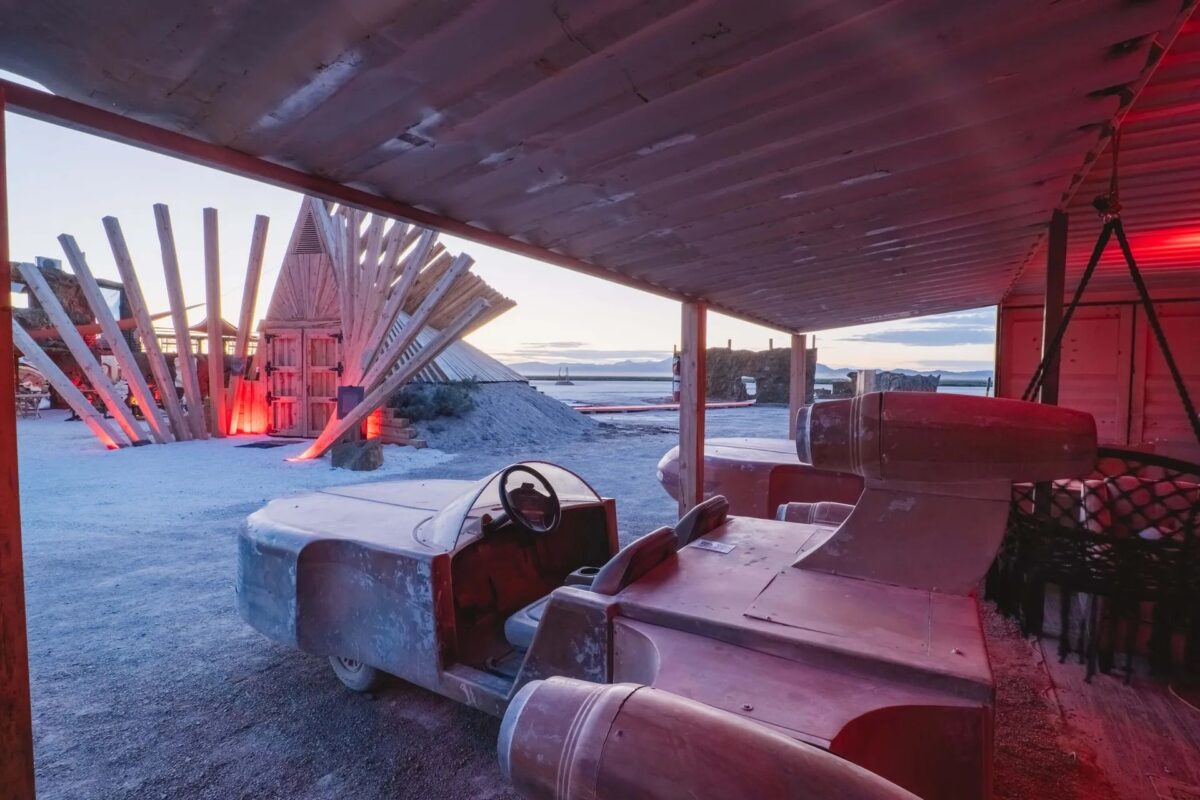Certainty, Variety & Delight: The Three Pillars of EGD
In Environmental Graphic Design, emotion isn’t an afterthought—it’s the engine. Spaces aren’t just seen or used—they’re experienced as stories in motion. Each element—from material and typeface to sightline and scale—is a narrative choice. The three emotional pillars of certainty, variety, and delight form the framework that makes these stories feel alive.
🧭 Certainty – The Opening Scene Certainty is your story’s set — the establishing shot that visually anchors the user. Through clear wayfinding, consistent iconography, sightline clarity, and visual cues, we eliminate confusion and foster confidence. Just like a strong opening scene in Star Wars the spark of I am here on Tattoine certainty says: you’re in the right place, and you’re safe to continue.
🎨 Variety – The Plot Twist Variety is where the story keeps its grip. In EGD, variety does the same through scale shifts, bold materials, texture plays, and color sparks. It transforms the user from passive traveler to curious explorer. Each new sensory beat acts like the next episode—you can’t wait to see what comes next.
✨ Delight – The Emotional Payoff Delight is the big emotional beat—the plot twist that makes you feel. It might be the sparkle of light on a custom mural, an engraved quote revealing itself on a bench, or an interactive feature that encourages a smile. These are purposeful moments that create emotional resonance and cultivate memory. Travis builds experiences where guests “feel slightly uncomfortable—in the best way possible” , inviting them into a story that transcends the ordinary.
🎬 Story-Driven Places When certainty, variety, and delight are choreographed like acts in a story, EGD becomes immersive narrative. Users don’t just traverse space—they live through a designed script. They’re grounded, then intrigued, and finally emotionally moved. Travis Chambers’ Outpost X model is proof: “a really good storyteller on-site shooting only on iPhone in reels format… hooks you into characters and story”. The same narrative techniques are at play in successful EGD.
By weaving these three pillars with storytelling intent, designs do more than convey information—they connect. They turn visits into experiences, signs into scenes, and buildings into storybooks.
EGD doesn’t just direct—it transforms.
Here’s a detailed comparison of an experience at Star Wars: Galaxy’s Edge at Disneyland or Disney World) and Meow Wolf Denver (Convergence Station) — both immersive environments, but with very different approaches to storytelling, design, and emotional engagement:
🎥 Star Wars: Galaxy’s Edge
An immersive cinematic environment built on franchise mythology
1. Story Format:
Galaxy’s drops you inside a story world you already know — the Star Wars universe. It’s a linear, branded narrative. You’re a visitor to the Black Spire Outpost on Batuu, caught in the tension between the Resistance and the First Order. You don’t create the story—you step into a pre-written scene.
2. Emotional Arc:
- Certainty: High — Disney is masterful at using signage, costuming, lighting, and spatial design to orient you without breaking the story.
- Variety: Balanced — Changes in texture, material, and layout simulate a bustling marketplace, rebel hideouts, or galactic hangars.
- Delight: Intense — From building your own lightsaber to flying the Millennium Falcon, the emotional highs are designed to deliver awe and nostalgia.
3. Design Language:
- Hyper-detailed, realistic, cinematic
- Texture-rich and weathered, evoking sci-fi frontier worlds
- Soundscapes, cast interactions, and ambient storytelling immerse you in a believable film set.
4. Role of the Visitor:
You’re a participant, but within scripted bounds. You cosplay, you barter, but you’re part of their world, not creating your own.
🎨 Meow Wolf Denver (Convergence Station)
An immersive, multidimensional art installation built around speculative fiction
1. Story Format:
Convergence Station is a non-linear, co-created narrative. You explore fractured realms (like the neon-bright C Street or cathedral-like Numina) in a story about memory, loss, and identity across parallel worlds. It’s abstract, fragmented, and meant to be discovered—not explained.
2. Emotional Arc:
- Certainty: Low — That’s the point. You’re often disoriented, encouraged to explore without a map or clear goal.
- Variety: Extreme — Every room shifts your perception: from sci-fi to surreal to organic. Unexpected scale and interactive objects fuel curiosity.
- Delight: Spontaneous — Delight here comes from discovery: a hidden door, a musical wall, or an actor whispering a clue. It’s designed to evoke wonder and mystery.
3. Design Language:
- Maximalist, layered, often psychedelic
- Combines analog, digital, sculptural, and interactive art
- Dense, surreal environments challenge the senses
4. Role of the Visitor:
You are a detective, explorer, and co-creator. Your path is your own. You might even find pieces of narrative others miss entirely.
🧠 Comparison Summary:
| Element | Outpost X (Galaxy’s Edge) | Meow Wolf Denver (Convergence Station) |
|---|---|---|
| Story Control | Pre-written, branded | Open-ended, co-created |
| Design Feel | Cinematic, controlled | Artistic, chaotic |
| Navigation | Easy, linear | Disorienting, exploratory |
| Emotional Tone | Epic, nostalgic | Surreal, thought-provoking |
| Audience Role | Participant in a film | Explorer of a multiverse |
🧩 Final Thought:
- Outpost X offers the perfect story you already know, polished to cinematic perfection.
- Meow Wolf offers a story you have to uncover, layered in symbolism, memory, and sensory tension.
Both are unforgettable. But if Outpost X is Star Wars as theme park opera, Meow Wolf is a lucid dream in 4D.

